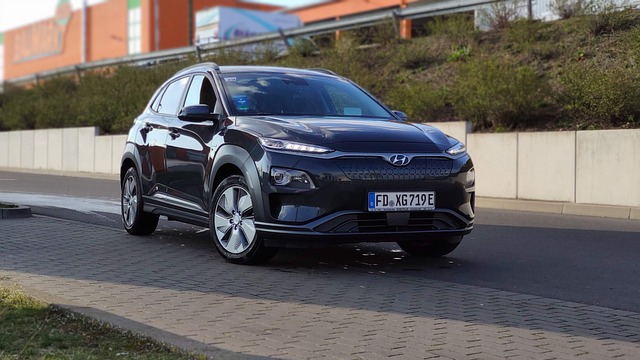Asking your mechanic questions is an excellent way to get a better understanding of what is going on with your vehicle. It also allows you to build a trusting relationship with the team that is caring for your car.
You should always be able to ask your mechanic any questions you have about your Hyundai vehicle. Whether it’s an oil change, a tire rotation or another service, our certified mechanics will be able to answer your questions and ensure you are safe on the road.
Questions to Ask Your Mechanic
When it comes to your car, you want a mechanic who understands it. This can help them diagnose the problem and repair it correctly, and it also allows them to build a rapport with you so they can keep servicing your vehicle.
Mechanics should also be honest with you about what repairs are necessary and when they will need to be done. If they aren’t, they might try to sell you on unnecessary maintenance and repair costs you don’t need or deserve.
When it comes to repairing your Hyundai, make sure you are getting quality service at an affordable price. The best way to find a reputable and trustworthy mechanic is to ask around. Check with the Better Business Bureau and other review sites, as well as asking your friends and family for recommendations.

Getting an Oil Change
An oil change is one of the most basic and crucial services for your vehicle. It’s a routine process in which your hyundai mechanic drains the old oil and replaces it with fresh, new engine oil.
It helps your engine run smoothly by lubricating the many moving parts inside it and helping to keep them from overheating. It also catches dust, grime and other particles before they can reach your engine and cause major damage.
During your service, your Hyundai trained technician will also check and update other fluids in your car like power steering, transmission and windshield wiper fluids. They’ll top those fluids up as needed and use the quality oil recommended by your vehicle’s manufacturer.
Generally speaking, the rule of thumb is to get your oil changed every 3,000 miles. However, this number can vary based on your driving habits. Taking your car in for an oil change when it’s recommended by the manufacturer can save you a lot of money in the long run and help to extend the life of your vehicle.

Getting a Tire Rotation
Tire rotation is a crucial maintenance task that keeps your car tires performing their best and safest. It’s also a service that can save you money in the long run by extending their life and reducing replacement costs.
Tires wear down unevenly, which can cause problems for your vehicle in a variety of ways. For example, the front tires tend to take more damage than their rear counterparts, which can lead to a decrease in traction and an increase in your risk of a tire blowout.
A tire rotation will help spread the wear across your entire set of tires. This will reduce the chance that any one or two of your tires will have to replace their tread before the others have worn down to a dangerous level.
The service experts at Virden Mainline Motors recommend rotating your tires every 5,000 to 8,000 miles, depending on your driving habits and typical road conditions. Ask our hyundai mechanics for more information about this essential maintenance service and to schedule an appointment.

Getting a New Battery
The battery is one of the most important parts when it comes to servicing your hyundai. It supplies power to the engine and other electrical components so that your car can operate properly.
Getting a new battery is a process that takes time and expertise. The best way to make sure you’re putting the right replacement into your vehicle is to have it installed by a professional mechanic.
When it comes to replacing the battery, you need to take into account a few factors, including size, type and terminal configuration. There are no “one-size-fits-all” batteries and you need to make sure that you get a battery with the right size for your Hyundai.
Cleaning the tray, battery posts and battery connectors is essential to ensure the new battery fits securely. You can use a baking soda water solution or automobile-safe lubricant to help remove corrosion and buildup. Once everything is clean, you can lower your new battery into the empty space and tighten the clamp so that it doesn’t move.

